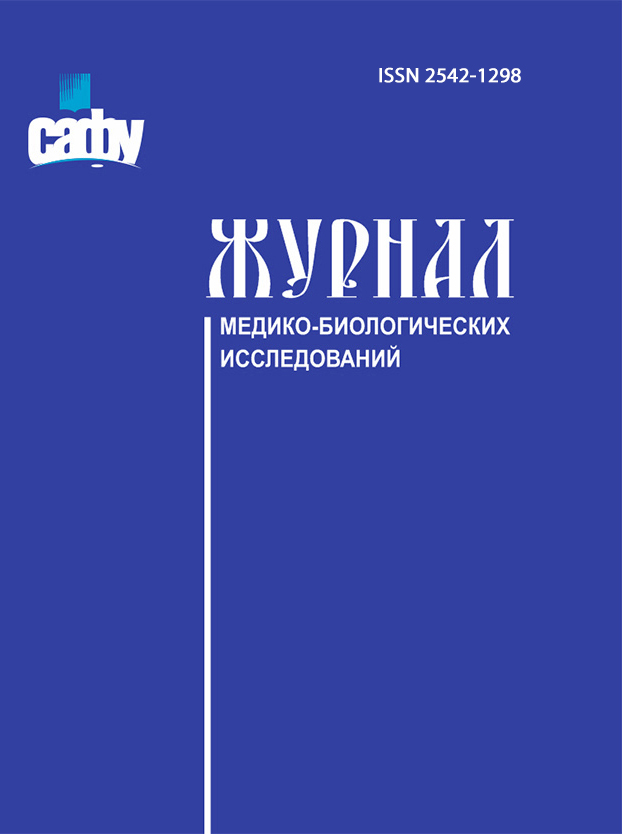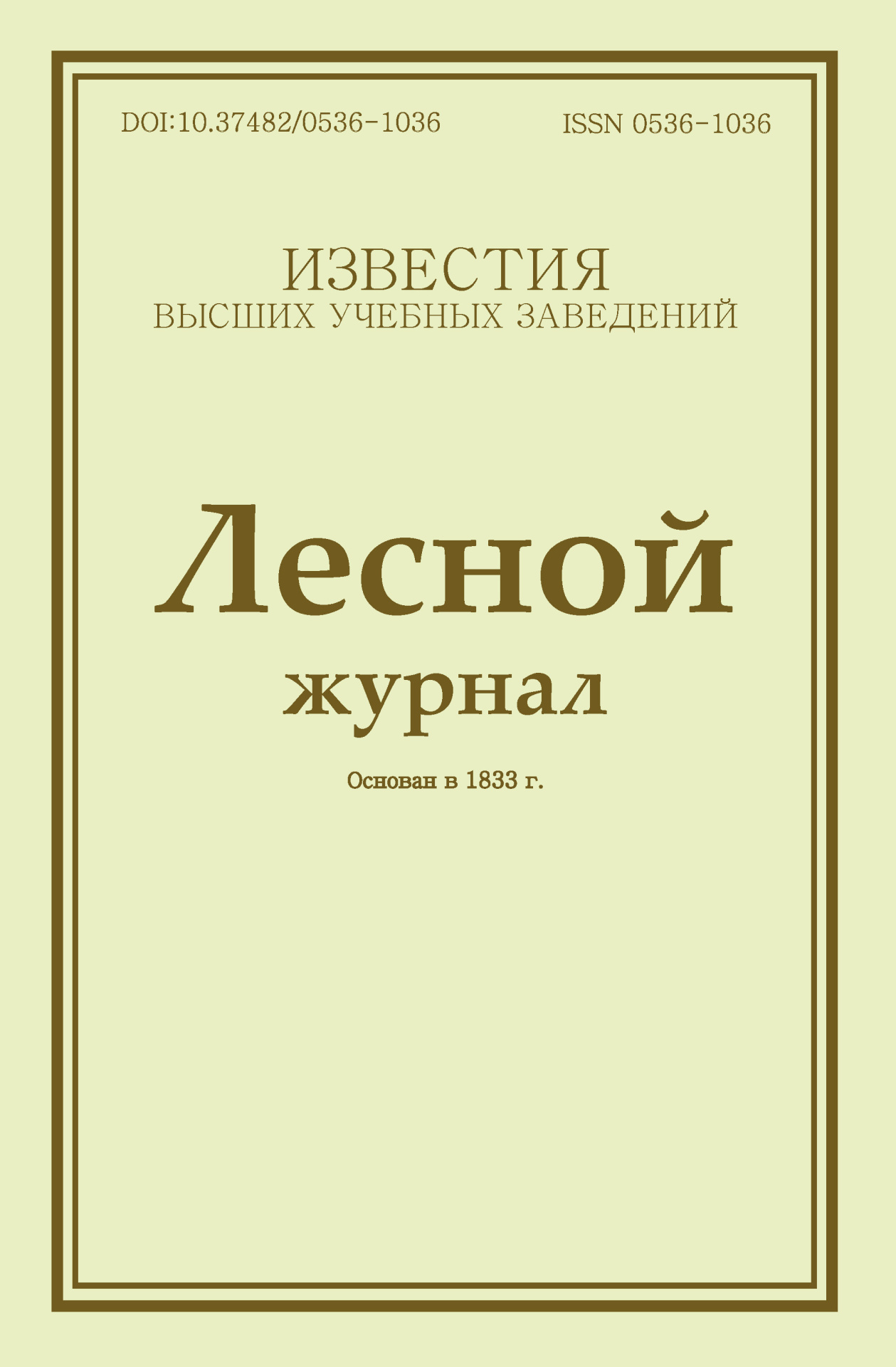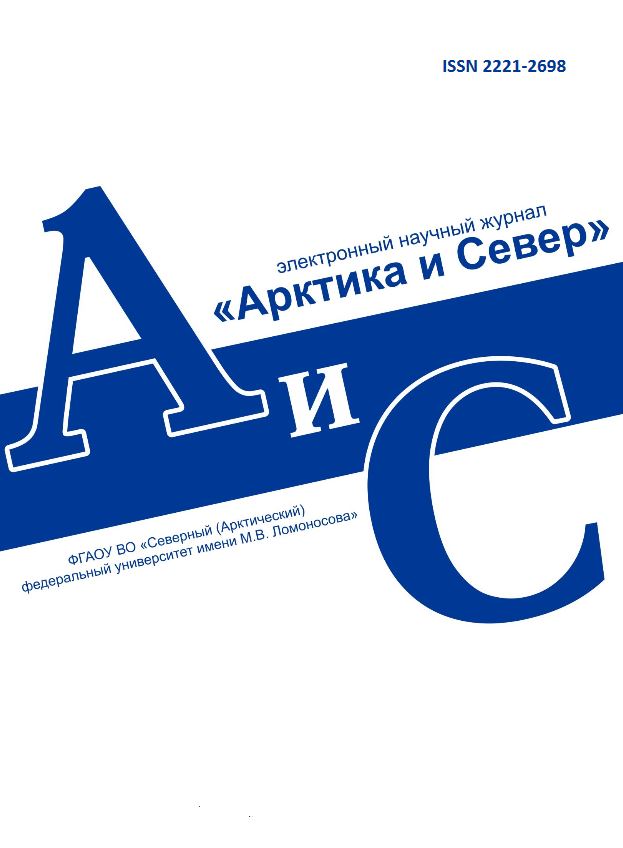
Vestnik of Northern (Arctic) Federal University.
Series "Humanitarian and Social Sciences"
ISSN 2227-6564 e-ISSN 2687-1505 DOI:10.37482/2687-1505
Legal and postal addresses of the founder and publisher: Northern (Arctic) Federal University named after M.V. Lomonosov, Naberezhnaya Severnoy Dviny, 17, Arkhangelsk, 163002, Russian Federation Editorial office address: Vestnik of Northern (Arctic) Federal University. Series "Humanitarian and Social Sciences", 56 ul. Uritskogo, Arkhangelsk
Phone: (8182) 21-61-20, ext. 18-20 ABOUT JOURNAL |
Section: Linguistics Download (pdf, 0.6MB )UDC811.111:811.521DOI10.37482/2687-1505-V223AuthorsTat’yana A. BasovaVladimir State University; ul. Gor’kogo 87, korp. 1, Vladimir, 600000, Russian Federation; ORCID: https://orcid.org/0000-0002-9511-6131 e-mail: tanyatako@gmail.com AbstractThe article focuses on cross-level products of phraseological derivation – English and Japanese compound words with a somatic component ‒ and analyses their structure. The issue of word boundaries in both languages is raised as there are various ways to set boundaries between phraseological units and their lexical derivatives depending on the understanding of the issue, especially regarding N + N and Adj + N units in English and N + no + N units in Japanese. The problem of the so-called open compounds in English is investigated, and two types of units that bear relation to this category are identified: 1) units, originally idioms, that have lost almost all signs of structural separateness, 2) units that were derived from idioms and allow three spellings (separate, hyphenated and closed), but have no phraseological past of their own. In Japanese, via analysing kinodoku (‘unfortunate’) and oku no te (‘trump card’) the signs of possessive compound lexicalization are explained. The main word-forming, morphological and phonetic features of such lexemes in both languages are found, i.e. common word-orming models: compounding, compounding in combination with affixation, and lexicalization of full phrases including function words. Moreover, Japanese derivatives manifest some unique characteristics: phonetic changes according to rendaku, compression of idiom-based compounds with a second noun component which limits their length to 4 moras, and the existence of lexemes derived from communicative phraseological units, namely, proverbs.Keywordsphraseology, idiom-based lexemes, compounds, cross-level derivation, structural analysisReferences
|
Make a Submission
INDEXED IN:
|
Продолжая просмотр сайта, я соглашаюсь с использованием файлов cookie владельцем сайта в соответствии с Политикой в отношении файлов cookie, в том числе на передачу данных, указанных в Политике, третьим лицам (статистическим службам сети Интернет).






